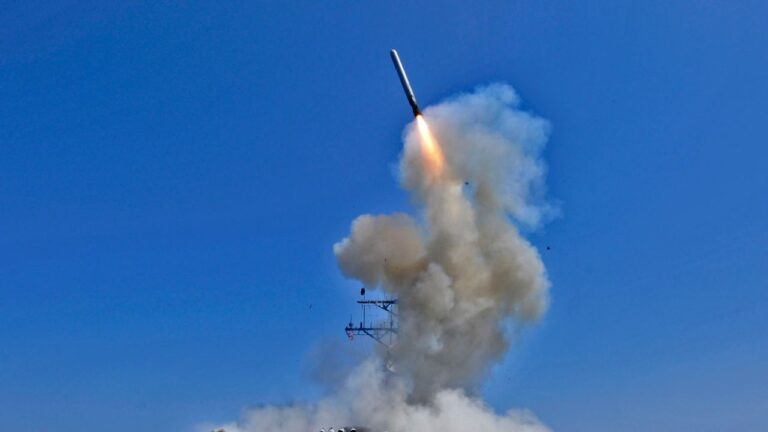Trump Announces 25% Tariffs on Japan and South Korea Imports

Summary
- Tariffs Announced: 25% tariffs on Japan and South Korea imports start August 1, 2025.
- Reason: Trump cites trade imbalances; wants more manufacturing in the U.S.
- Market Impact: U.S. stocks drop; Tesla falls 7% amid Musk-Trump feud.
- Global Reaction: Japan, South Korea urged to negotiate trade deals by July 9.
On July 7, 2025, President Donald Trump announced that the United States will impose a 25% tariff on all goods imported from Japan and South Korea, effective August 1, 2025. The decision, shared through letters posted on Trump’s Truth Social platform, targets two of America’s key allies and major trading partners due to what Trump calls “unfair” trade deficits. This move has rattled global markets and sparked concerns about rising costs for American consumers.
Why the Tariffs?
Trump’s letters to Japanese Prime Minister Shigeru Ishiba and South Korean President Lee Jae-myung emphasized that the U.S. buys more goods from these countries than it exports, creating a trade imbalance. He argues that the 25% tariff will encourage Japan and South Korea to manufacture more products in the U.S., boosting American jobs. The tariffs apply to all imports, including cars, electronics, and steel, which are major exports for both nations.
Market Reaction
The announcement caused U.S. stock markets to slide, with the Dow Jones Industrial Average dropping over 400 points and the S&P 500 falling about 0.8%. Shares of South Korean companies like LG Display and SK Telecom fell sharply, by 6.6% and 7.7%, respectively. Tesla’s stock also took a hit, dropping nearly 7%, partly due to CEO Elon Musk’s ongoing public dispute with Trump, including Musk’s announcement of a new political party called the America Party.
Global Trade Implications
The tariffs are part of a broader trade strategy by the Trump administration, which has also sent letters to other countries like Malaysia, South Africa, and Myanmar, with tariffs ranging from 25% to 40%. Trump has warned Japan and South Korea against retaliatory tariffs, stating that any such moves would lead to even higher U.S. tariffs. However, he also hinted at possible reductions if the countries revise their trade policies or increase manufacturing in the U.S.
Negotiation Deadline
The White House has set a July 9 deadline for finalizing trade deals, though the tariffs won’t take effect until August 1. Treasury Secretary Scott Bessent noted that several countries, including South Korea and Thailand, have sent representatives to Washington with new trade proposals to avoid the tariffs. The European Union is also racing to secure a deal before the deadline.
What’s Next?
The tariffs could raise prices for American consumers on goods like cars, TVs, and smartphones from Japan and South Korea, which together sent $280 billion worth of goods to the U.S. last year. Economists warn that widespread high tariffs could risk pushing the U.S. economy into a recession. Meanwhile, Japan and South Korea, both critical allies in countering China’s influence in Asia, face pressure to negotiate quickly to lessen the economic impact.
This bold trade move continues Trump’s “America First” policy, but it risks straining relationships with key allies and disrupting global trade. As the July 9 deadline approaches, the world watches to see how these negotiations will unfold.






